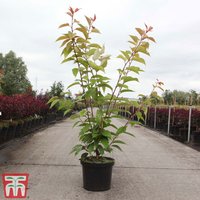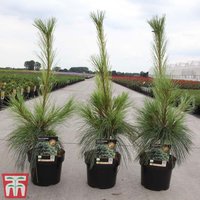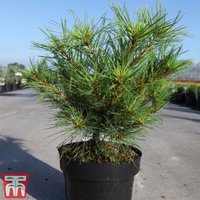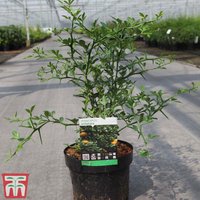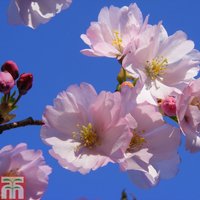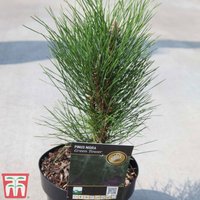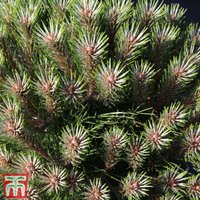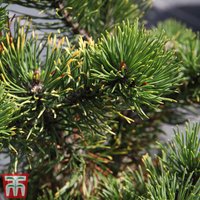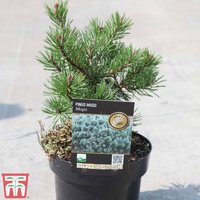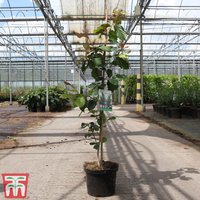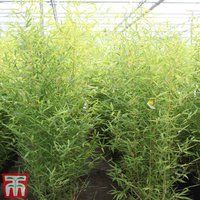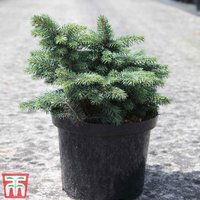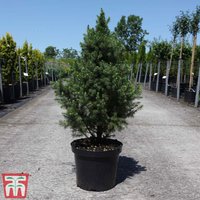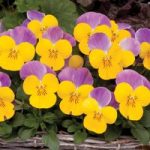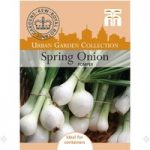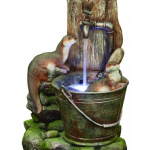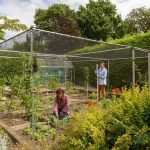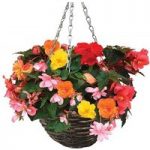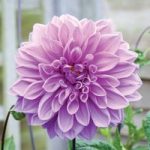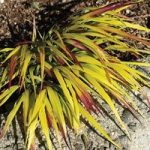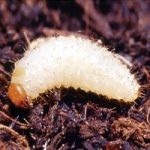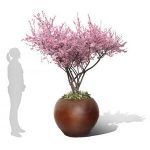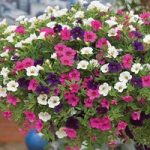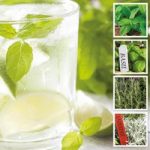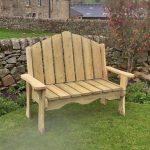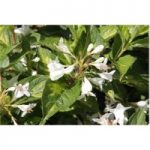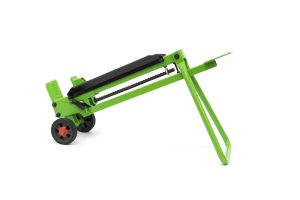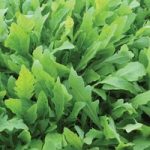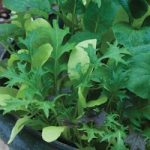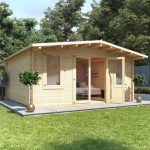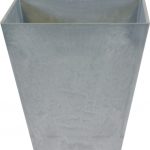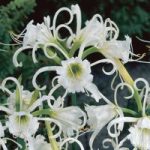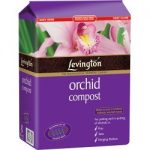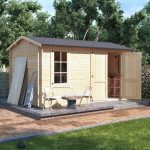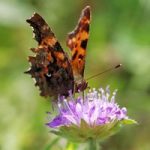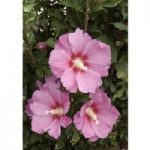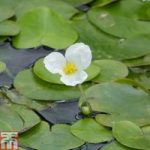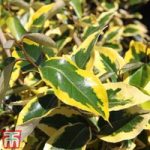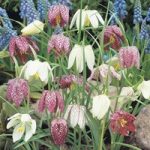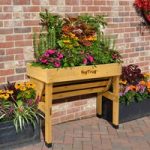Category Archives: Plants & Seeds
Prunus ‘Kanzan’
Pinus nigra ‘Pierrick Bregéon’
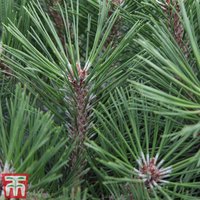 Pinus nigra ‘Pierrick Bregéon’ was bred from a controlled cross of Pinus nigra and Pinus densiflora, resulting in a more flattened-spherical shaped, dense, compact shrub with long, soft, rich green needles. This resilient dwarf Pine would be an excellent choice for the rockery, or as a container plant for even the smallest garden.
Pinus nigra ‘Pierrick Bregéon’ was bred from a controlled cross of Pinus nigra and Pinus densiflora, resulting in a more flattened-spherical shaped, dense, compact shrub with long, soft, rich green needles. This resilient dwarf Pine would be an excellent choice for the rockery, or as a container plant for even the smallest garden.
Pinus x schwerinii ‘Wiethorst’
Pinus strobus ‘Blue Shag’
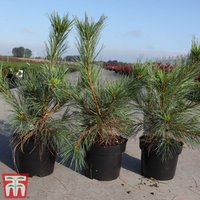 A dense, rounded, fully hardy, evergreen conifer, producing short, blue-green needles in clusters of five. Pinus strobus ‘Blue Shag’ will not form cones until fully established, at least 5 years after planting. However your patience will be well rewarded when you see its first tapering, cylindrical, green cones of 20cm (8) in length!
A dense, rounded, fully hardy, evergreen conifer, producing short, blue-green needles in clusters of five. Pinus strobus ‘Blue Shag’ will not form cones until fully established, at least 5 years after planting. However your patience will be well rewarded when you see its first tapering, cylindrical, green cones of 20cm (8) in length!
Pinus strobus ‘Minima’
Citrus trifoliata
Potentilla fruticosa ‘Hachmann’s Gigant’
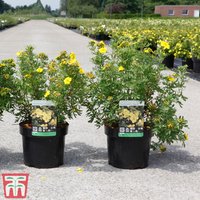 Potentilla fruticosa ‘Hachmann’s Gigant’ is a deciduous, woody shrub, with a rounded, spreading habit. Like all Shrubby Cinquefoil it is free flowering if grown in a sunny spot, producing large, bright yellow, single flowers about 4cm (1) in diameter. Huge numbers of buds and flowers are produced throughout the summer.
Potentilla fruticosa ‘Hachmann’s Gigant’ is a deciduous, woody shrub, with a rounded, spreading habit. Like all Shrubby Cinquefoil it is free flowering if grown in a sunny spot, producing large, bright yellow, single flowers about 4cm (1) in diameter. Huge numbers of buds and flowers are produced throughout the summer.
Prunus ‘Accolade’
Pinus mugo ‘Varella’
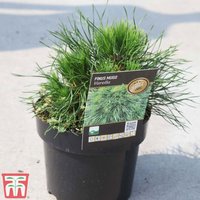 Pinus mugo ‘Varella’ has an unusual but pleasing appearance for a Pine. The glossy green, very slender needles consist of 2 different lengths. The previous years growth shows the longest needles, while the current growth appears in clusters at the tips, waiting almost until the following spring before extending in length.
Pinus mugo ‘Varella’ has an unusual but pleasing appearance for a Pine. The glossy green, very slender needles consist of 2 different lengths. The previous years growth shows the longest needles, while the current growth appears in clusters at the tips, waiting almost until the following spring before extending in length.
Pinus nigra ‘Green Tower’
Pinus nigra ‘Marie Bregéon’
Pinus mugo ‘Carsten’s Wintergold’
Pinus mugo ‘Mops’
Parrotia persica
Fish-pole Bamboo
Picea abies ‘Acrocona’
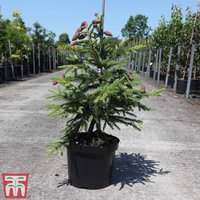 Picea abies ?Arocana is a gracefully pendant, well branched, dwarf version of the Christmas Tree! This Norway Spruce is a hardy, evergreen conifer cloaked in deep green needles. In spring, each of the branch tips develops a fine display of red, upright young cones, which make an eye catching colour contrast to the foliage.
Picea abies ?Arocana is a gracefully pendant, well branched, dwarf version of the Christmas Tree! This Norway Spruce is a hardy, evergreen conifer cloaked in deep green needles. In spring, each of the branch tips develops a fine display of red, upright young cones, which make an eye catching colour contrast to the foliage.
Picea glauca ‘Jalako Gold’
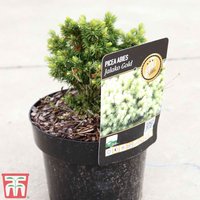 Picea ?Jalako Gold? is a visually stunning, fully hardy, dwarf conifer. With a compact, rounded habit, it forms a dense mound of green needles with paler golden tips that create an attractive contrast. Picea glauca ?Jalako Gold? makes a fine specimen plant, singly or planted as part of a grouping in a rockery, border or
Picea ?Jalako Gold? is a visually stunning, fully hardy, dwarf conifer. With a compact, rounded habit, it forms a dense mound of green needles with paler golden tips that create an attractive contrast. Picea glauca ?Jalako Gold? makes a fine specimen plant, singly or planted as part of a grouping in a rockery, border or
Picea pungens ‘Waldbrunn’
Picea glauca var. albertiana ‘J.W. Daisy’s White’
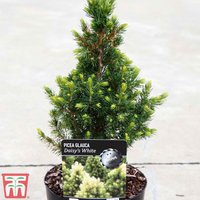 An eye-catching, pyramidal, dwarf conifer of neat and compact habit. Picea glauca var. albertiana ‘J.W. Daisy’s White’ has pale, yellow-green, needles that emerge pale cream in spring, later maturing to green. This slow growing conifer makes an attractive specimen plant bringing structure, texture and year round colour to the garden.
An eye-catching, pyramidal, dwarf conifer of neat and compact habit. Picea glauca var. albertiana ‘J.W. Daisy’s White’ has pale, yellow-green, needles that emerge pale cream in spring, later maturing to green. This slow growing conifer makes an attractive specimen plant bringing structure, texture and year round colour to the garden.







